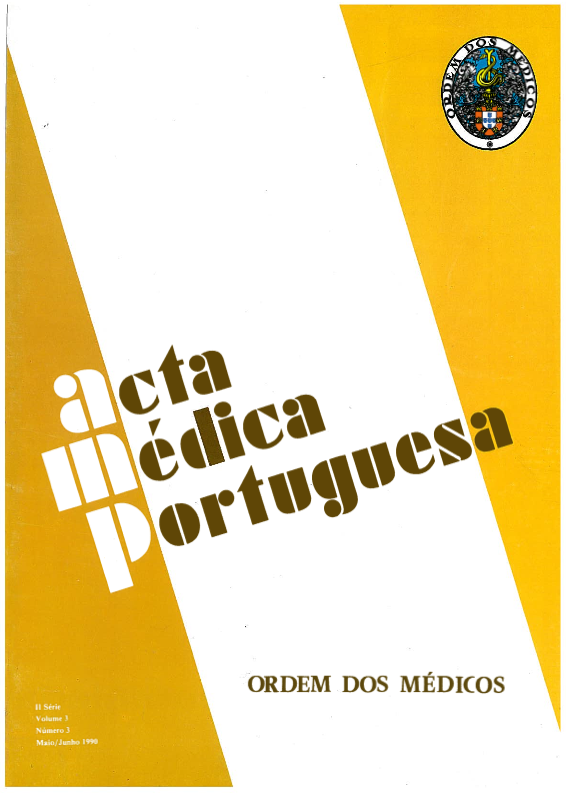Endoscopic sphincterotomy in choledocholithiasis: analysis of an experience of 530 interventions.
DOI:
https://doi.org/10.20344/amp.4563Abstract
We report the experience of 530 consecutive cases of choledocolithiasis treated through Endoscopic Sphincterotomy (ES) between January 1980 and January 1988 (74% of total patients submitted to ES in the same period). 73% had more than 60 years and 47% more than 70 years. A slight majority (52%) had previous cholecystectomy (1/3 still with T-tube drainage) and the remaining had gallbladders insitu (lithiasic in 82%). Therapeutic goals (achieved drainage and complete stone removal) have been achieved in 95% of patients with a low immediate morbidity (9%) and mortality (1%). Delayed mortality, until 30th day (3%) includes 6 cases of obstructive cholangitis with sepsis, unaltered by emergent ES. Follow-up showed a 3% incidence of reintervention from restenosed ES. Patients with lithiasic gallbladder had a 33% cholecistectomy rate, mostly elective during first month post-ES. Our experience confirms ES as an efficient and safe routine treatment for choledocolithiasis. It should be the first choice in patients with previous cholecystectomy or alithiasic gallbladder and a largely applicable tool in those with associated gallbladder stones. Decision about post-ES cholecystectomy in these patients must be weighed on clinical grounds and according to surgical risk groups.Downloads
Downloads
How to Cite
Issue
Section
License
All the articles published in the AMP are open access and comply with the requirements of funding agencies or academic institutions. The AMP is governed by the terms of the Creative Commons ‘Attribution – Non-Commercial Use - (CC-BY-NC)’ license, regarding the use by third parties.
It is the author’s responsibility to obtain approval for the reproduction of figures, tables, etc. from other publications.
Upon acceptance of an article for publication, the authors will be asked to complete the ICMJE “Copyright Liability and Copyright Sharing Statement “(http://www.actamedicaportuguesa.com/info/AMP-NormasPublicacao.pdf) and the “Declaration of Potential Conflicts of Interest” (http:// www.icmje.org/conflicts-of-interest). An e-mail will be sent to the corresponding author to acknowledge receipt of the manuscript.
After publication, the authors are authorised to make their articles available in repositories of their institutions of origin, as long as they always mention where they were published and according to the Creative Commons license.









